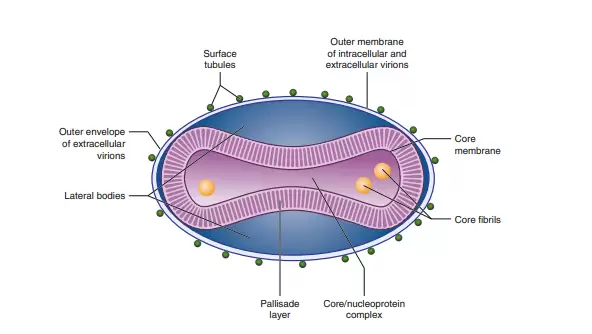Small droplet nuclei particles can survive in the air for at least 3 hours(likely more). The very small viable particles follow the room air currents and can travel through HVAC systems.
It is especially important, while indoors, to adhere to social distancing and always wear a mask . These are primary control methods.
Beyond that, the control or reduction of small airborne particles is vitally important. The
HVAC System should be reviewed to determine if changes can be made to reduce occupant’s exposure potential. Additionally, air flow patterns within a space and how those patterns can distribute viable airborne particles, positive or negative air pressure differences from one area to another, placement of HVAC inlets and outlets, physical barriers, aisles/walking patterns and openable windows are examples of things that can be evaluated to minimize airborne particle distribution.
The following should be considered:
- Increase the % of outside air;
- Operate the HVAC system in the “on” position so the fan operates continuously.
- If possible, upgrade HVAC filters to MERV 14 or higher
Additional steps to consider in an office or enclosed environment include:
- Limit number of people in the space.
- Unofficial guideline – 1 person/40 sq. ft. or 1 person/6 linear foot
- Reposition desks for optimal spacing.
- Provide physical barriers
- Use recirculating HEPA filtration units to supplement HVAC controls
A thoughtful approach is vital and must consider both obvious and less obvious sources of transmission, airborne pathways and control methods if there is to be a safe and effective way of preparing for the inevitable return to work or to ensure essential workers are properly protected.
Cashins & Associates, Inc can help with that process. We are available to discuss specific issues or review specific work sites. Click below to find out more.





